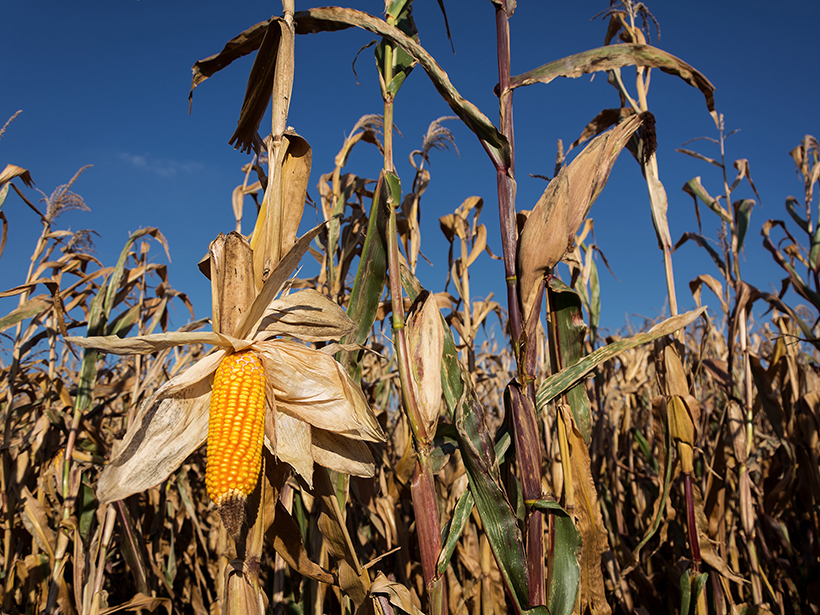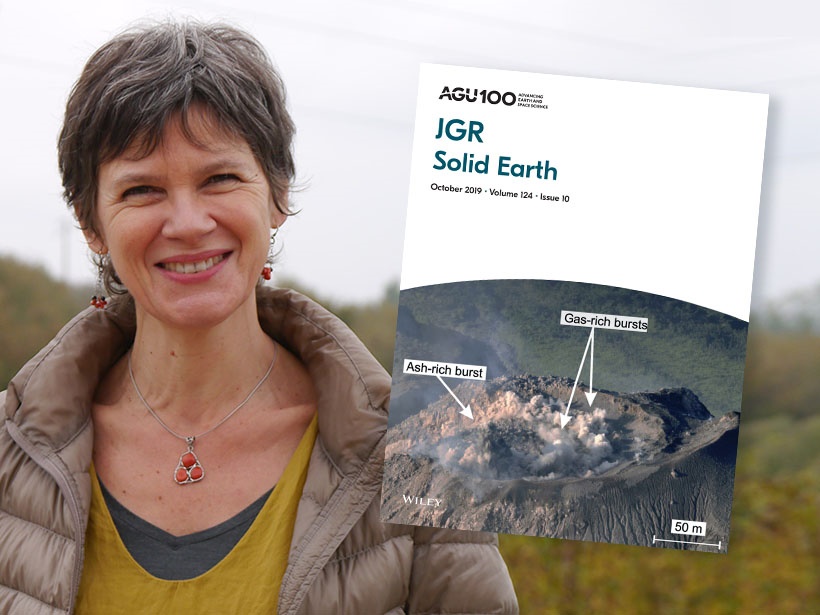Researchers combine observations of ancient shorelines and properties of Earth’s crust to infer the size of the Laurentide Ice Sheet during the last glacial cycle.
CC BY-NC-ND 2020
Diagnosing Thwaites
The water under a vulnerable Antarctic glacier is warming. Its catastrophic collapse could trigger a dramatic increase in global sea level.
Using Climate Studies to Better Predict Diarrhea Outbreaks
Researchers have found new connections between La Niña climate conditions and the leading killer of children worldwide.
Europe’s Rivers Are the Most Obstructed on Earth
By analyzing satellite imagery of rivers worldwide, researchers have pinpointed over 35,000 obstructions like dams and locks that affect an environment’s ecology, hydrology, and water resources management.
Scientists Search for Deltas on Saturn’s Largest Moon
Saturn’s moon Titan has rivers that empty into seas…but where are the deltas?
Japan Puts Its Mark on Geologic Time with the Chibanian Age
The newly named period in the Pleistocene identifies a key moment in geological history: the last time Earth’s magnetic poles switched places.
Some Plans to Reverse Climate Change Could Double Water Use
Researchers say full-scale deployment of negative emissions technologies would lead to major changes in global usage of water, land, and energy.
Oil-Exposed Mahi-Mahi More Likely to Lose Oil-Avoidance Behavior
Contact with oil may make it harder for the fish to avoid additional exposure, creating a vicious cycle following offshore oil spills.
Repeating Famous Hillslope Experiment Provides New Insights
Repeating a famous hillslope experiment after 55 years shows that soil properties can change within several decades and highlights the importance of a leaky boundary for hillslope drainage.
Introducing the New Editor in Chief of JGR: Solid Earth
Find out about the person taking the helm of Journal of Geophysical Research: Solid Earth and her vision for the coming years.










